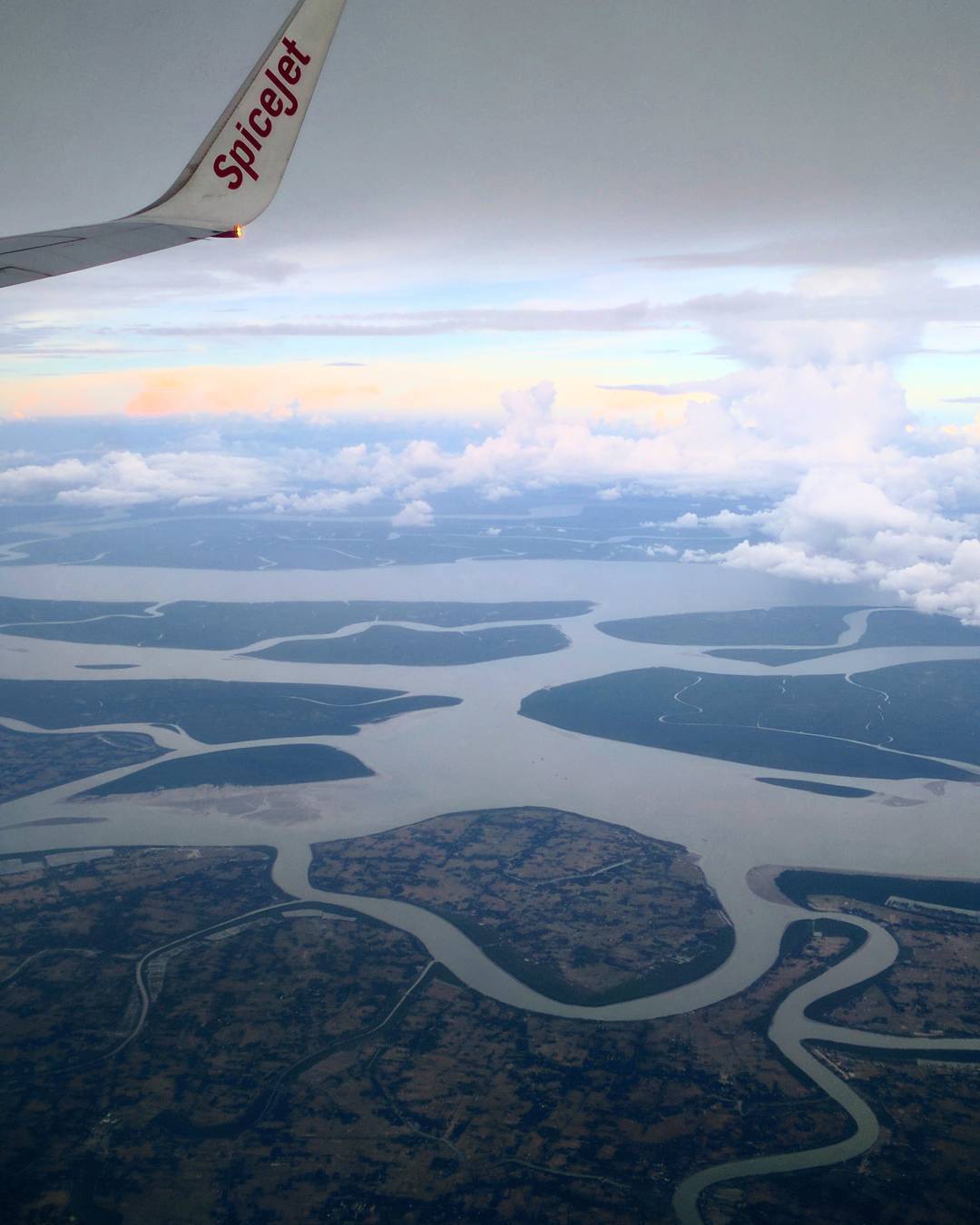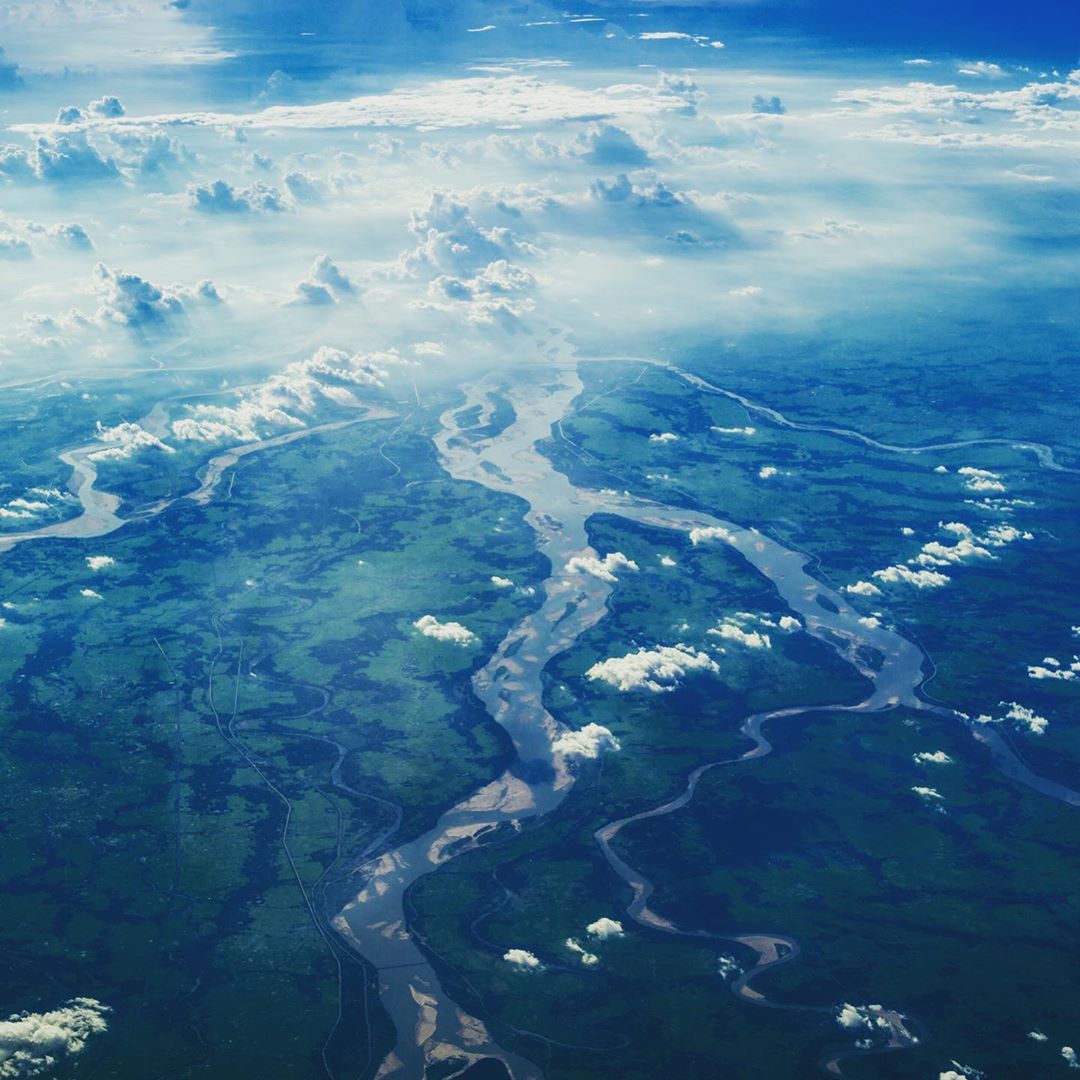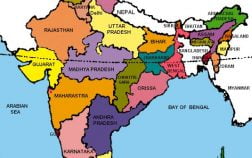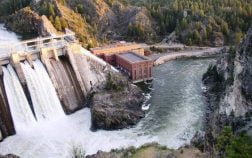
Covering an area of 75,000 sq km, the Ganges Brahmaputra Delta in India and Bangladesh is the largest delta in the World. The Ganges Brahmaputra Delta is also known as the Ganges Delta, the Brahmaputra Delta, the Sundarban Delta, or the Bengal Delta in the state of West Bengal.
Ganges Delta: The World’s Largest Delta In The World:
The Ganges Brahmaputra Delta is located in the Bengal region of the Indian subcontinent, comprising the Indian states of West Bengal and Bangladesh. The delta plain is the World’s largest delta and one of the most fertile regions of the world, hence its name Green Delta Plain.
The Ganges-Brahmaputra Delta plain originates in the Bay of Bengal and extends from the Hooghly River to the Meghna River. The main ports of the Ganges delta plain include Kolkata, Haldia, Mongla, and Chittagong.
Several major rivers, including the Padma and Jamuna, flow through the river delta, which is the main distribution of the Ganga and Brahmaputra, respectively.

Ganges Brahmaputra Delta Geography:
The Bengal Delta assumes the shape of a triangle and is considered to be arc-shaped. The surface area of the Bengal Delta is approximately 41,000 square miles.
The width of the World’s largest delta along the coast is about 217 miles, while the distance of the confluence from the banks of the Ganga and the Brahmaputra is about 155 miles.
Two-thirds of the delta is in Bangladesh, while the remaining Ganges Delta is part of the state of West Bengal, India.
The Ganges Delta is a flood zone of three rivers, including the Ganges River, Meghna, and the Brahmaputra, with three rivers originating from a catchment area of about 665,000 square miles on the southern side of the Himalayas.
The Ganges-Brahmaputra Delta is one of the most fertile regions of the earth and is made up of alluvial soil, which is rich in minerals and nutrients suitable for agriculture.
The river delta is composed of channels, marshes, lakes, and floodplains. It is divided into two parts along the eastern part by the Gorai-Madhumati river delta, and is more geographically active than the western side.
Ganges Brahmaputra Delta Wildlife:
The Ganges-Brahmaputra delta is covered by three terrestrial ecoregions: the moist deciduous forest of the lower Gangetic plain, the Sundarbans swamp forest, and the Sundarbans mangroves.
The Sundarbans mangrove forms the world’s largest mangrove ecoregion, covering an area of approximately 8,000 square miles. Some of the animals in the Ganges-Brahmaputra delta include Indian pythons, Indian elephants, crocodiles, and Bengal tigers. The river delta features many birds, including kingfishers, eagles, and woodpeckers
Economic Importance Of The Ganges Delta:
With a population of about 140 million people, the Ganges Delta is one of the most densely populated areas in the world. Agriculture is the main economic activity in the region, with major crops including rice, tea, and jute. Fishing is also a major economic activity in the Ganges delta.


